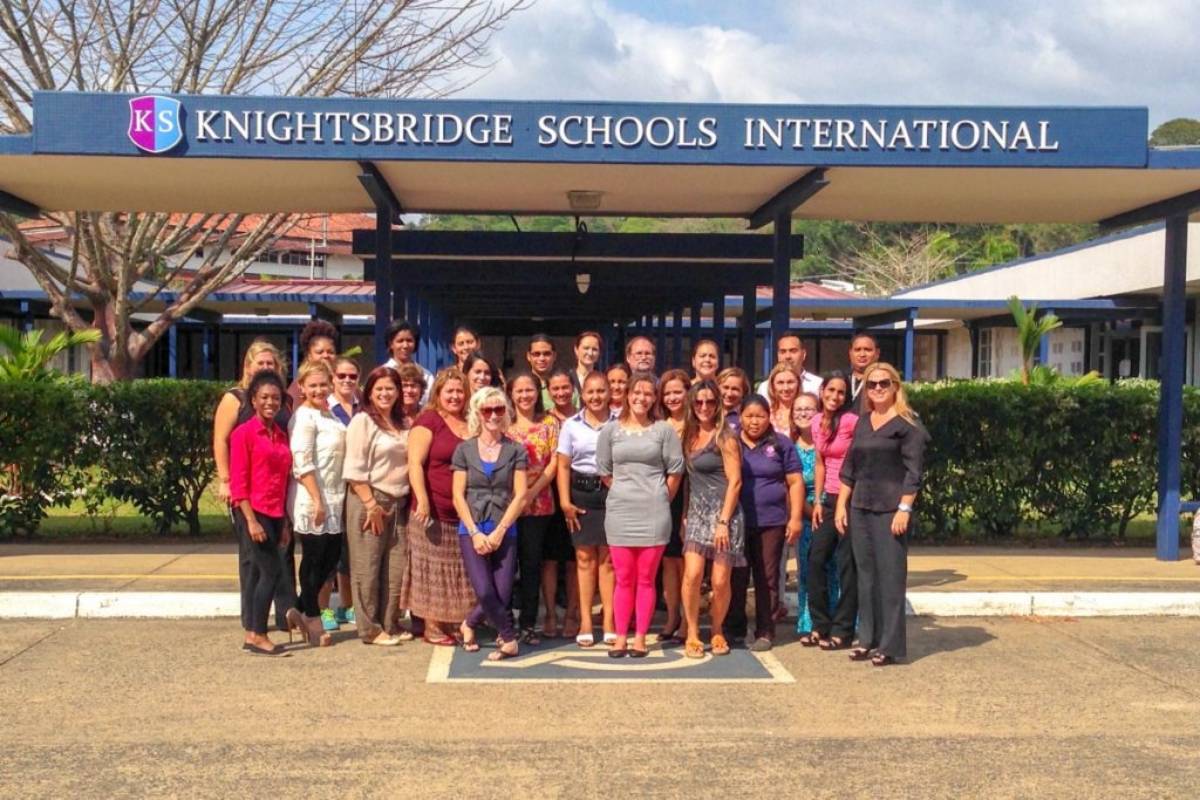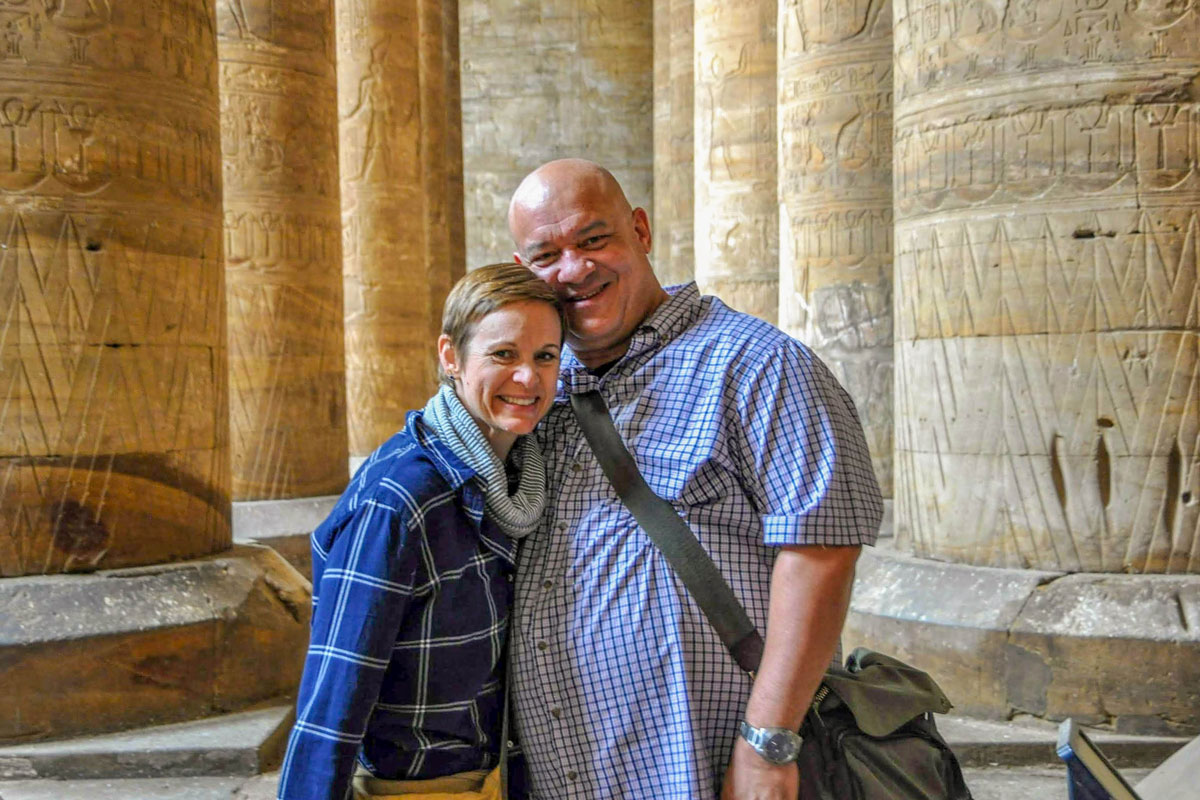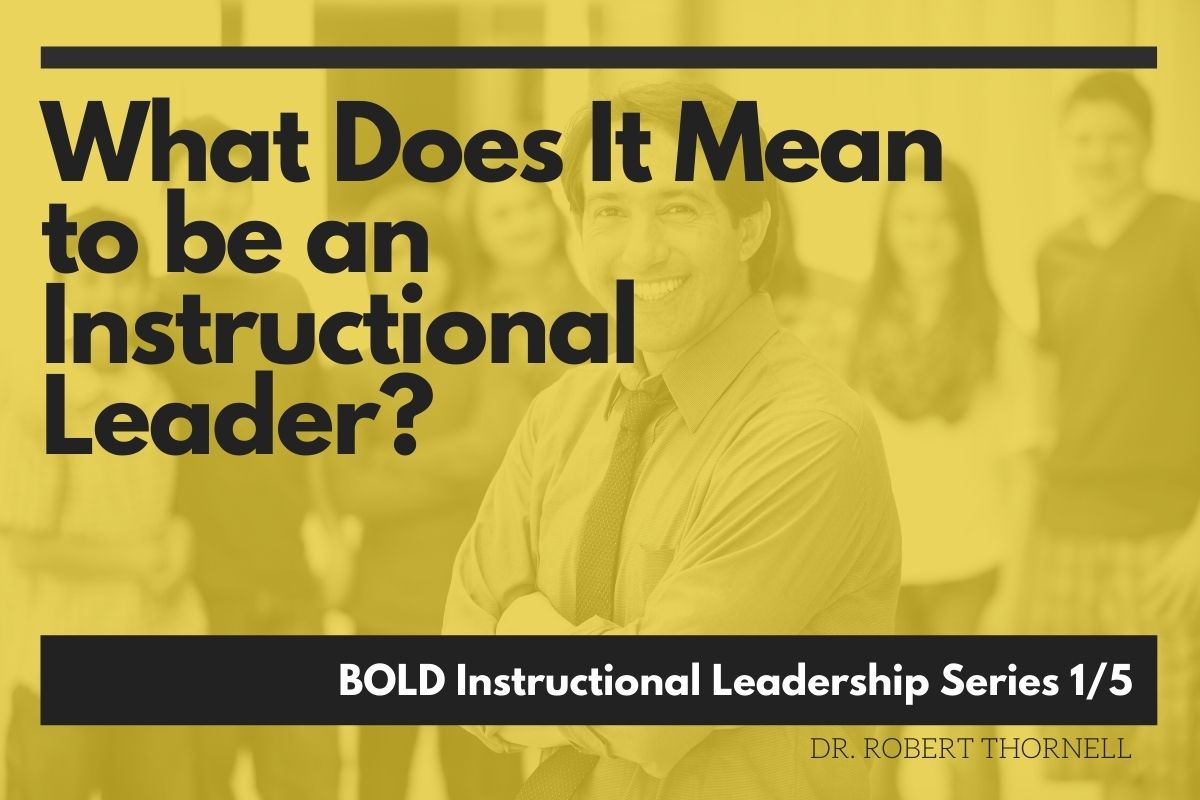What Are You Looking For In Classrooms? (Hint: The TASK Matters)

As instructional leaders, many of us are programmed to visit classrooms as often as possible. It is ingrained in us as a best practice. In 2019, the National Association of Secondary School Principals (NASSP) published 10 Strategies to Improve Instructional Leadership and predictably several of them are directly tied to the leaders observing what is going on in the classroom and making critical assessments about what they see. It is pretty clear, through the research, that the most effective school leaders both make time for walk-throughs and have the courage to provide constructive feedback to help their teachers take action to improve. This practice establishes a strong learning culture for the entire school.
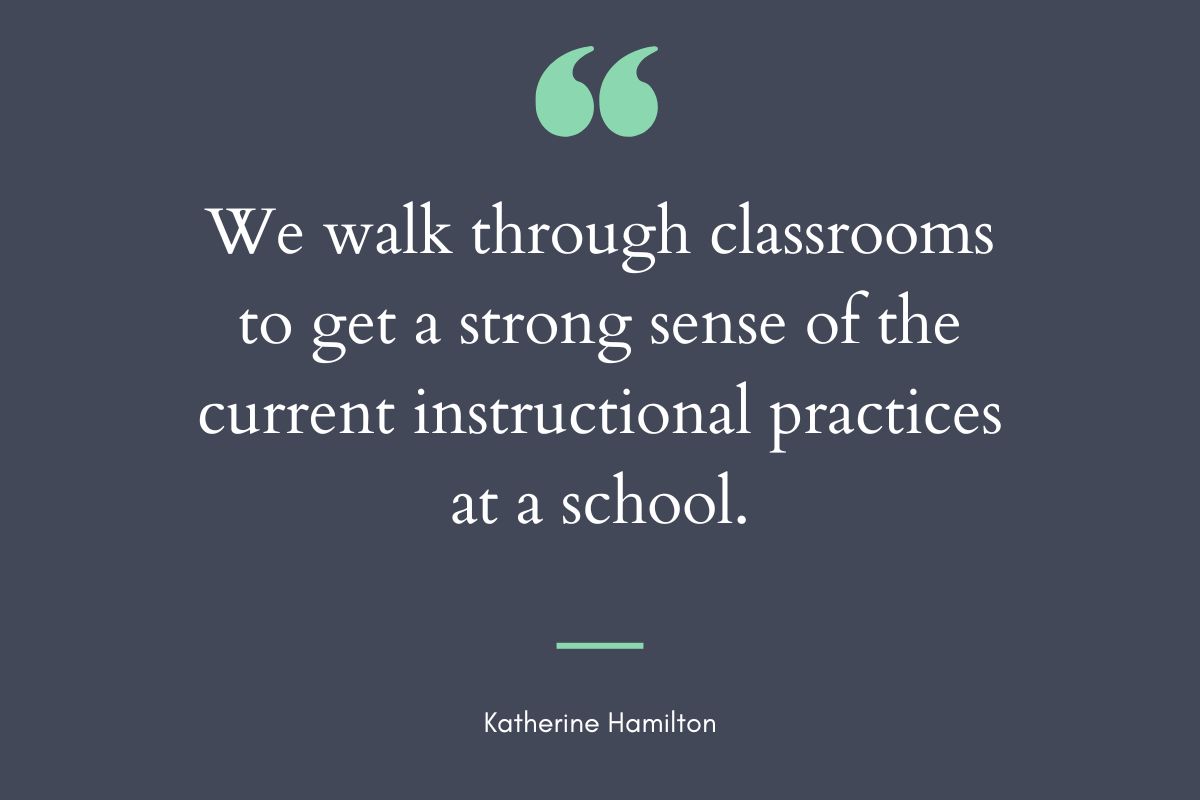
There is little doubt that the presence of a principal, or another leader in the classroom, to observe and offer feedback can have a significant positive impact on classroom instruction and student achievement. Justin Baeder, the founder of The Principal Center, has a great video discussing the positive benefits that come from a Focus on the Frequency of Walkthroughs. However, while I believe that “just being” in classrooms does have a positive benefit, there are steps a principal can take to make the visits even more impactful. It starts with the question:
Simple and Reliable
Sometimes, the simplest solutions are the most reliable. When selecting a walk-through focus or protocol, keep in mind that If you look for EVERYTHING you won’t see ANYTHING and that is the problem with many walk-throughs. We get so busy looking for everything that we forget what matters most: what the student is actually learning. Not what the curriculum says they are learning. The teacher may very well be putting on the most entertaining show possible and have students engaged throughout, but if the actual task/assignment does not provide the cognitive level of learning needed, student performance will be impacted. Tip #1: Focus your walk-through and keep it simple.
What are you looking for in classrooms?
The TASK matters. “What are you looking for?” may be a loaded question and probably has a lot of different answers, many of which are valid. Depending on the teacher, the initiatives in your building, the classroom make-up, etc, there could be a variety of things you want to observe in a classroom. One component of a well-designed walkthrough should include purposely observing what the students are doing. Not what the teacher asked them to do, but what they are actually doing. This is often a missed opportunity for an instructional leader. Too often, the focus is on what the teacher is doing during a walk-through rather than what the students are learning. One specific way to safeguard against this is to intentionally put a placeholder on your walk-through document that includes a reminder to speak to two or three students and record their responses. This may not always be possible, but at the very least, an effective school leader should place a high emphasis on what the students are doing during various points of the lesson. Tip #2: Talk to a student during a walk-through and ask him/her about what they are learning.
What are the Students Doing?
In the widely popular book Instructional Rounds, the authors calls what the student is doing the “instructional task” and define it ‘as the ACTUAL work that students are asked to do in the process of instruction, not what teachers think they are asking students to do, or what the official curriculum says the students are asked to do, but what they are actually asked to do” ( (Fiarman et al. pg. 23). This is a very important distinction. Designing a walk-through form that intentionally plans to address what the student is doing vs. what the learning target on the board says they are learning is one way to discover unintentional misalignment. Perhaps an even more effective use is a way to assess the cognitive level of the assignment. Is the assignment at the level it needs to appropriately challenge a student academically? Tip #3: Capture a picture of the actual assignment. Is it at an acceptable level for the student/content/grade level?
Why?
Many lesson plans and learning targets are well thought out and designed. Teachers work extremely hard to plan engaging lessons for students. What, then, is the advantage of intentionally addressing the instructional task for which the students are engaged? I will give you three reasons:
- Alignment to the Standards– Many times I have seen great lesson designs complete with aspirations for higher-level thinking, etc. but the actual assignment doesn’t match the level of the standard. A simple yes/no checklist may not give you the information you need unless you take time to evaluate the actual assignment in which the students are engaged.
- Task Predicts Performance – In Instructional Rounds, seven principles of the instructional core are outlined (Fiarman et al. pg 23). The fourth principle: Task Predicts Performance simply shares that what predicts performance is what students are actually doing. It goes on to state that the ‘single biggest observation discipline we have to teach people in our networks is to look on top of the students’ desks rather than at the teacher in front of the room” (Fiarman et al. pg 30-31)
- Wasted Time – In Mike Schmoker’s book Leading With Focus, he shares tremendous research on what is NOT going on in classrooms on a consistent basis. “In the great majority of schools, there are wide, crippling disparities in both what we teach and how well we teach, both within and among schools. In most schools, a dismaying amount of time is spent on nonacademic tasks, with students rarely found reading and writing – arguably the two most educational activities they can engage in.” (Schmoker, pg. 4). School leaders will be well served by observing the “instructional task” to assess what is happening with learning and teaching in their school.
Resources
There are many guides to successful walk-through practices and effective templates are easy to come by with a quick Google search. Many of them are very good and provide checklists or guiding questions to help instructional leaders observe and provide feedback. An important key to remember is that no one should be surprised by the focus. In her article, Key Practices for a Successful Classroom Walkthrough Katherine Hamilton advocates transparency in the walk-through process so that staff does not see the process as a “gotcha” and can be more open to being part of a learning culture. It is fair to share what you are looking for and why. My advice is to find a couple of protocols you like, modify them to focus on your needs, and let the kids show you the map to success in your classrooms.
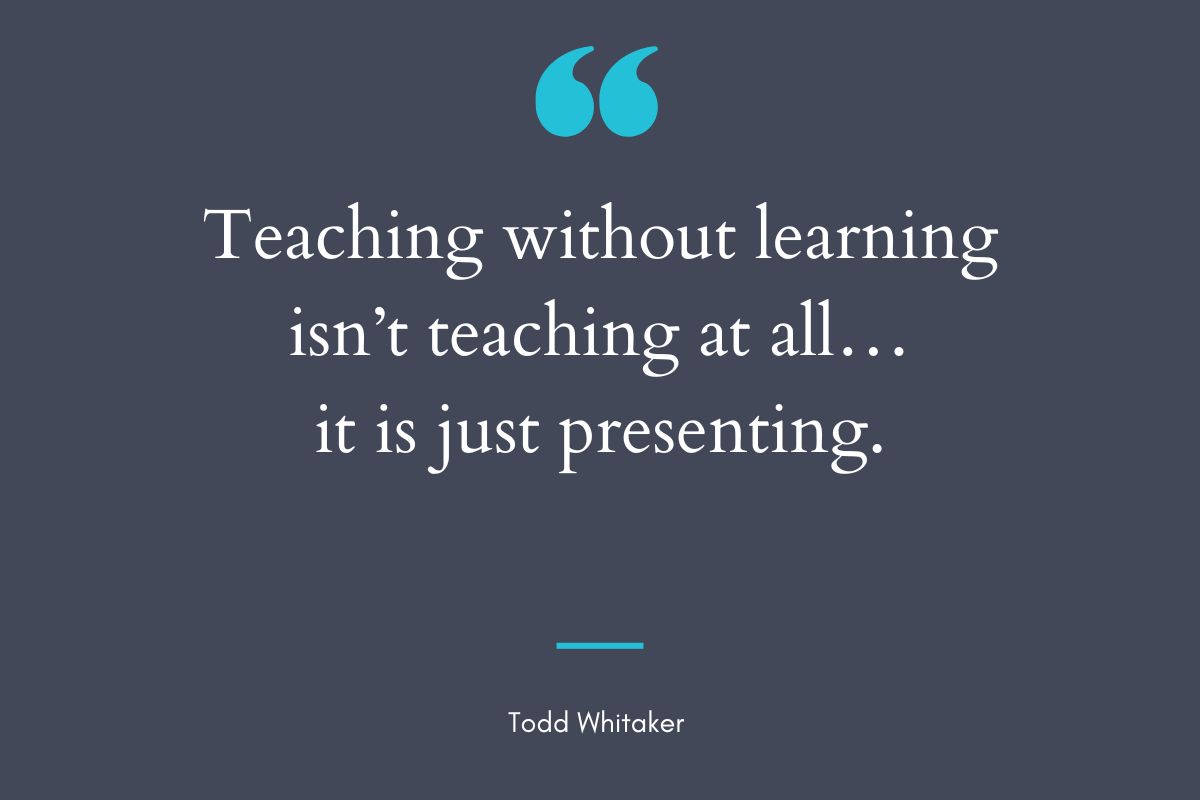
In addition, if you would like to continue learning on your own, please consider registering for Dr. Thornell’s asynchronous course: Bold Instructional Leadership or order his book, Inside the Principal’s Office.
This article is available and can be accessed in Spanish here.
AUSTIN, S. (2015, April 1). 4 Steps of Inquiry That Help Principals Improve Instruction. Center for Educational Leadership. Retrieved May 17, 2022, from https://k-12leadership.org/4-steps-of-inquiry-that-help-principals-improve-instruction/
Bader, J. (Director). (2021). Instructional Leadership: Focus On Frequency of Classroom Walkthroughs (124th ed.) [Film]. https://www.facebook.com/watch/live/?ref=watch_permalink&v=1024635801438301
Fiarman, Sarah E., et al. Instructional Rounds in Education: A Network Approach to Improving Teaching and Learning. Harvard Education Press, 2009.
Hamilton, K. (2019, April 11). Key Practices for a Successful Classroom Walkthrough – Ensemble Learning. Ensemble Learning. Retrieved May 5, 2022, from https://ensemblelearning.org/key-practices-for-a-successful-classroom-walkthrough/
Schmoker, Michael J. Leading with Focus: Elevating the Essentials for School and District Improvement. ASCD, 2016.
Sheninger, E. (2019, August 7). 10 Strategies to Improve Instructional Leadership. NASSP. Retrieved May 5, 2022, from https://www.nassp.org/2019/08/07/10-strategies-to-improve-instructional-leadership/




